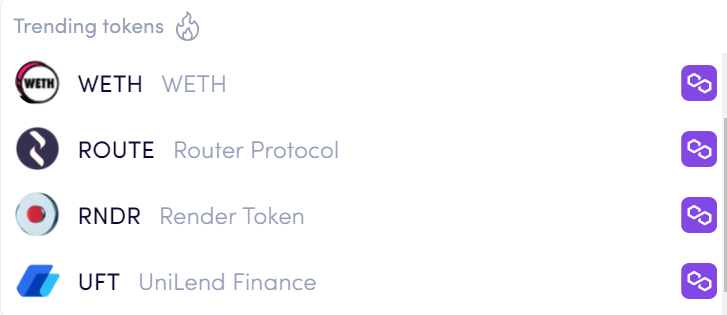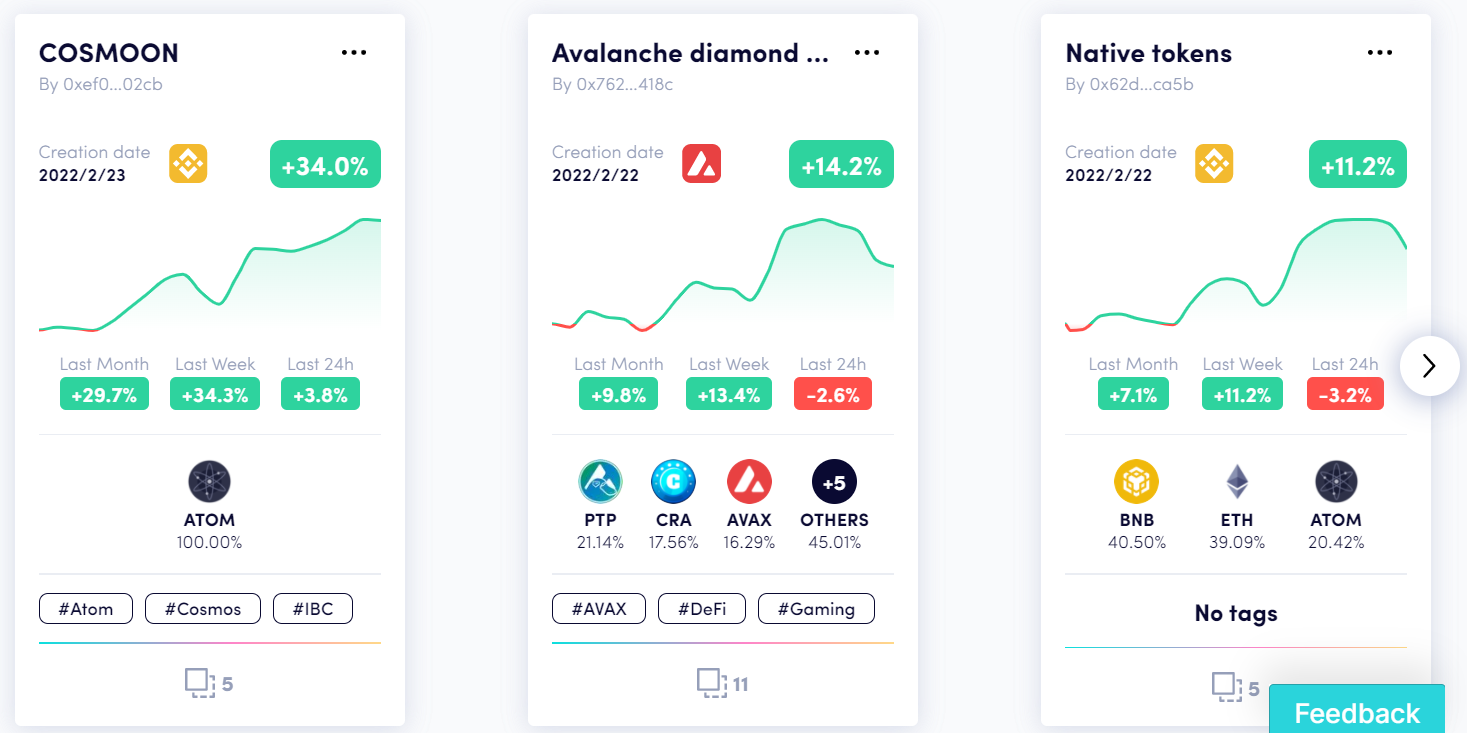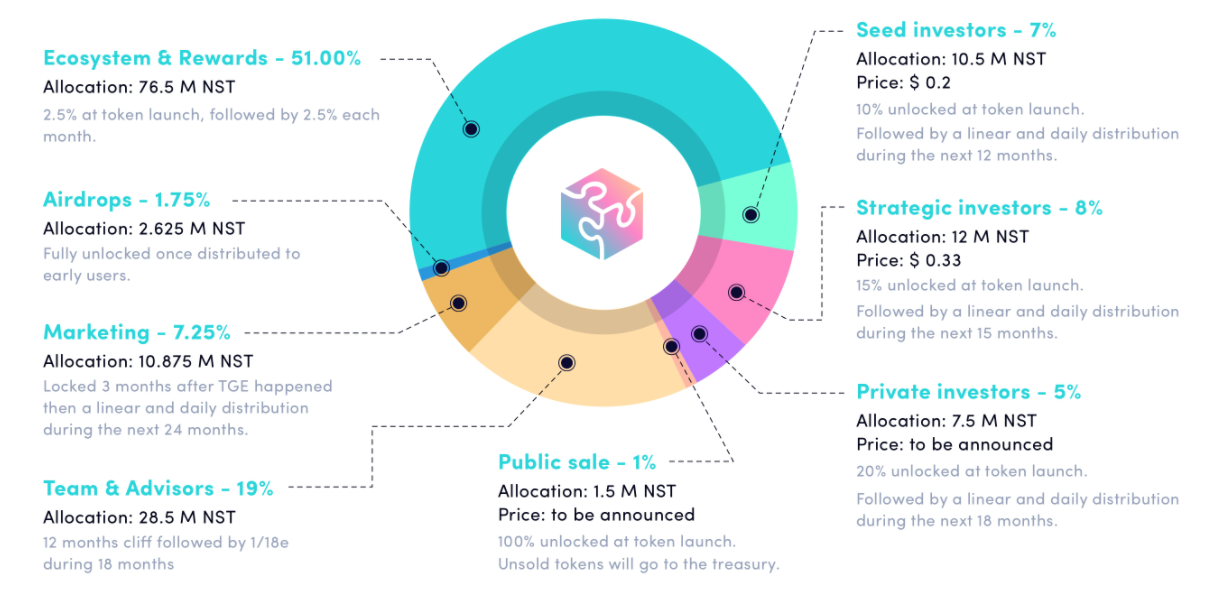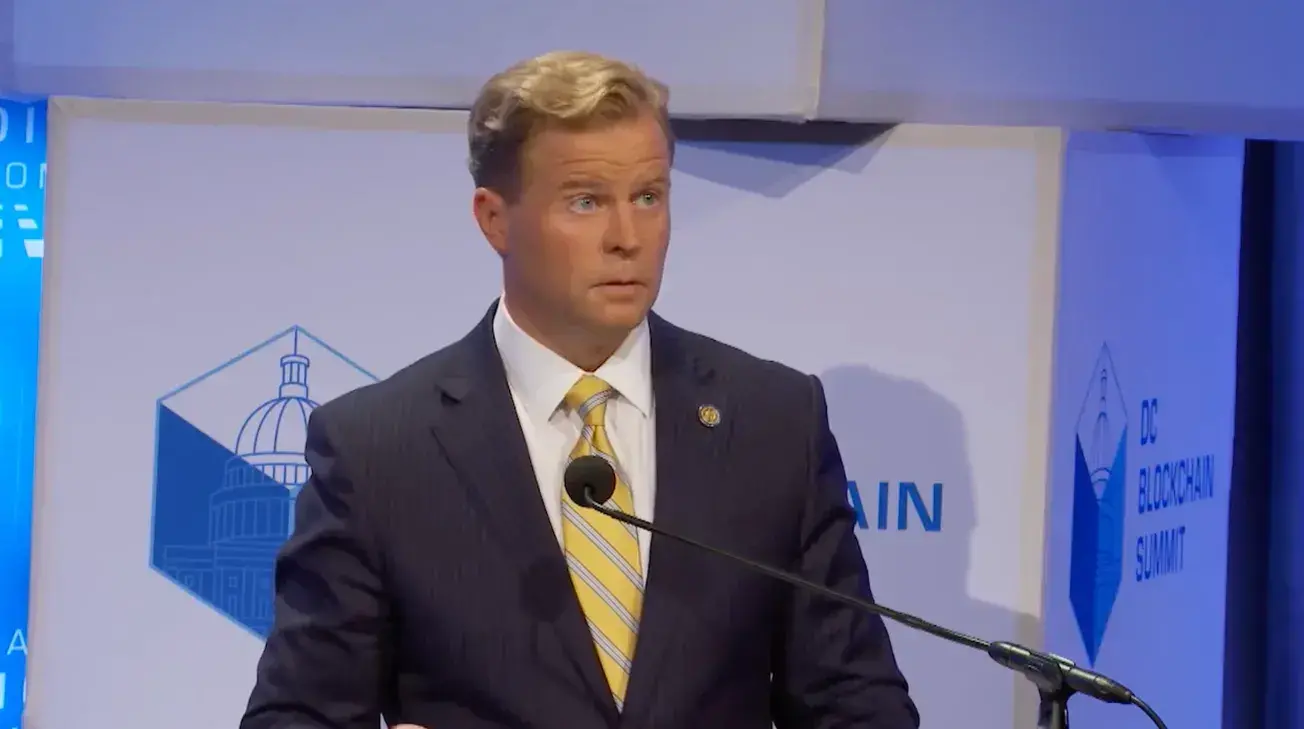Understand DeFi Social Trading Platform Nested Finance in Three Minutes
Written by: iambabywhale.eth, ForesightNews
In March, the DeFi social platform Nested Finance announced the completion of a $7.5 million funding round, led by British billionaire and renowned hedge fund manager Alan Howard, who has been investing in Bitcoin since the end of 2020. In a time when sentiment in DeFi and the entire crypto market is gradually cooling, what has allowed Nested to once again attract capital?
Introduction
Nested Finance is named a DeFi social protocol, which actually connects people through a "copy trading" method, and aims to enhance user activity on the platform through social media features to be developed in the future.
The founders of Nested previously worked in market research and analysis at Ledger, while the CTO was a software engineer at the tech recruitment platform talent.io.
Nested is currently built on EVM-compatible chains and Ethereum scaling network ecosystems, allowing users to directly purchase assets on supported blockchains using three widely supported stablecoins: USDT, USDC, and DAI, as well as native tokens from various chains. For example, when I choose the Polygon network, I can use MATIC to purchase the following assets:

The action of purchasing assets is automatically executed by the protocol, with liquidity support provided by the decentralized trading platform 0x. After successfully purchasing one or more assets to form an investment portfolio, Nested will generate an NFT representing the portfolio for the user and calculate the portfolio's performance by tracking the prices of the underlying assets.
Once you have this NFT representing your investment assets, the gameplay becomes richer. Nested states that in the future, after acquiring the portfolio NFT, users can stake it, and if the underlying assets generate staking rewards, the holders can also earn returns. Additionally, users can borrow against the NFT. Currently, these features are still under development. Nested believes that due to the uniqueness of the portfolio, NFTs may better reflect personalization and be more adaptable to changes in strategy, making them easier for mainstream audiences to understand and accept.
In addition to the above two key features, Nested also supports copy trading functionality like many asset management protocols. The official website has a dedicated page showcasing various investment portfolios, allowing users to choose portfolios they trust to copy (i.e., one-click replication of their investment strategies). A portion of the fees generated from the investment portfolios will be paid to the strategy creators, which Nested defines as the "royalties" of the portfolio NFT.

Currently, the market only supports spot investment strategy settings. For created portfolios, you can make modifications, including adding new assets, replacing assets within the portfolio, and redeeming. Nested offers a relatively good user experience, with a low level of operational difficulty; for specifics, you can refer to https://docs.nested.fi/.
Token Economic Model
The native token of Nested is NST, which is a utility token primarily used for DAO governance and platform fee discounts. Additionally, Nested will use a portion of the platform's profits each quarter to buy back NST tokens for destruction or as a reserve for the platform.
The total supply of NST is 150 million, with 50% allocated for ecosystem development and incentives; 7.25% for marketing; 7% for seed round financing; 8% for strategic round financing; 5% for private placement; 1% for public offering; 19% allocated to the team and advisors; and 1.75% for airdrops.

Nested will charge a 1% fee for the creation of each investment portfolio, whether created independently or through copy trading. The difference is that for independently created portfolios, 62.5% will go into the Nested treasury, and 37.5% will be used to buy back NST in the secondary market; for portfolios created through copy trading, 50% will go into the Nested treasury, 30% will be used for buybacks, and the remaining 20% will be paid as NFT royalties to the strategy creators.
Differences from dHEDGE and TokenSets
Compared to dHEDGE and TokenSets, which are older asset management protocols, Nested's characteristics are quite distinct.
dHEDGE's model involves entrusting funds to a manager who manages the funds according to their strategy; TokenSets only allows users to choose fixed investment plans on the platform, generating ERC20 format certificates upon confirmation. Both projects currently only support Ethereum or Ethereum's scaling networks, essentially operating within the Ethereum ecosystem.
In contrast, Nested supports EVM-compatible chains such as Avalanche and BNB Chain, offering greater selection; additionally, Nested's model is closer to TokenSets, but its investment strategy adjustments are more flexible and offer more options.
Project Planning
Looking at Nested's roadmap, they have only completed the plans for Q3 2021, and the project is significantly behind schedule.
The next phase in Nested's plan is called Lego, with updated features including:
- Completing a new architecture that can introduce any protocol (e.g., DeFi), allowing users to stake or mine directly within the Nested DApp;
- Integrating the synthetic asset protocol Synthetix;
- Users' royalties can be paid in any specified token on-chain;
- Adding support for Ethereum, Celo, and Fantom.
The phase following Lego is called Tetris, which will include updated features such as:
- The underlying assets in users' portfolios will be used to invest in various DeFi protocols to generate passive income;
- Users can import crypto assets (including LP tokens) from their wallets into their portfolios.
The phase after Tetris is Rubik, which will include updated features such as:
- Portfolio NFTs will be able to be lent on Aave and Compound;
- The official issuance of the NST token, launching governance voting on buyback ratios, fee discounts, platform fees, etc., and starting liquidity mining on Uniswap.
- Deployment to Solana.
The final phase is called Matrioshka, where users will be able to add NFTs (such as BAYC, etc.) to their portfolios and set limit redemption features for the portfolios, allowing for automatic selling and redemption when the price of certain tokens in the portfolio reaches a specified value.
Given Nested Finance's current mechanism setup and future planning, it offers a high degree of investment freedom, allowing users to set ratios while the protocol automatically executes buy and sell transactions. Coupled with the future introduction of DeFi, NFTs, and social media features, it is exciting to anticipate what the final form of this "DeFi social" protocol, backed by Alan Howard during the bear market, will look like.











